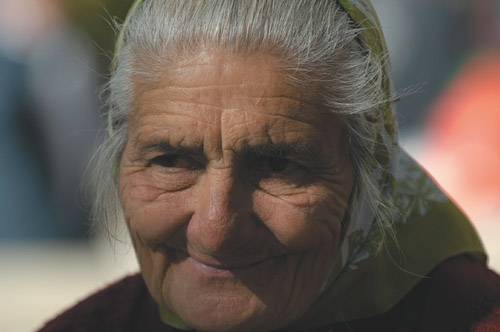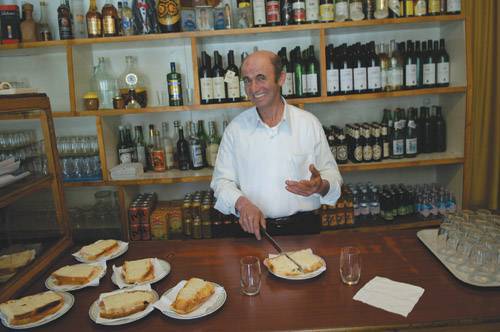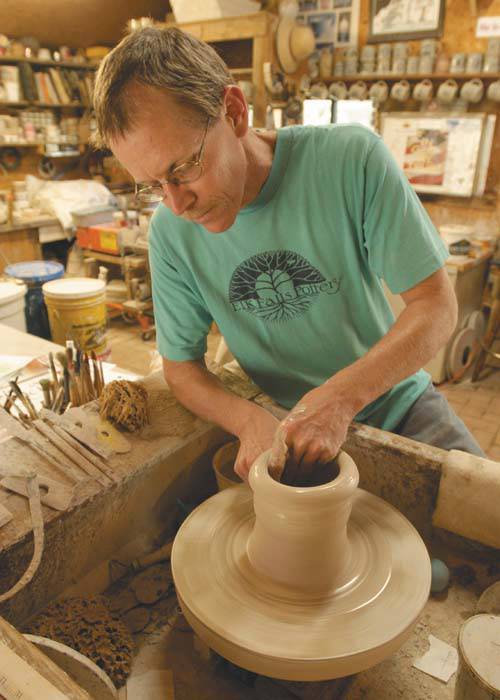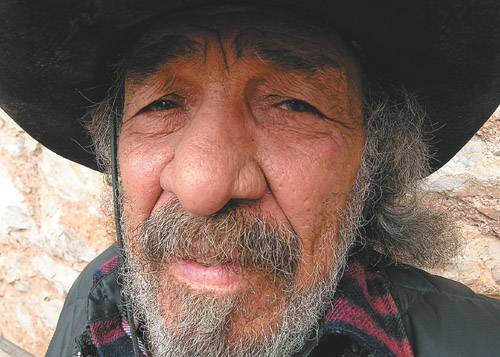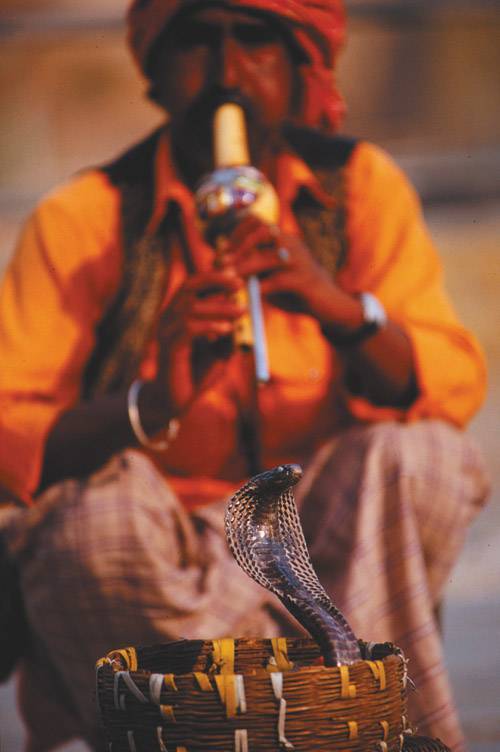Taking Pictures of People
| Photographing people can be nerve-racking to the inexperienced, but it can also be rewarding. Some people have no problem approaching strangers and politely asking to take their photograph; for others it's extremely difficult. (Regardless of the category you're in, always ask permission to take someone's picture. Even if you don't speak thelanguage, gesturing to your camera and then to the person while smiling is usually all it takes.) Figure 5.48. Using a fast lens with a wide aperture keeps the background out of focus so it's not distracting. (Photo by Reed Hoffmann)
Once you've been given permission, your best path to a good picture is to make your subjects comfortable. If you speak the same language, even a little, ask about their life. Most people will be flattered you asked, and talking with you will put them at ease. Such times often turn into ideas for great photographs. "Did you know," they might ask, "that this house has the oldest flour mill in Ireland?" and off you go to photograph someone using a piece of history. Always look as if you're comfortable with your camera gear and know what you're doing, even if you don't. No one wants to have their photo taken by someone who is fumbling with buttons and wasting time. Let your subject participate, even if you don't want the photograph they're suggesting; shoot it first and suggest another pose afterward. The best photographs of people are what I call "environmental portraits"pictures of people doing what they do for a living or for fun, in the environment in which they do it. Begin with a wide-angle lens, and then experiment with portraits and abstracts using a longer focal length lens to isolate parts of the action. Figure 5.49. A stop in a small mountain town for lunch resulted in a nice photo and a memorable meal. Friendliness goes a long way in opening doors to people's lives. (Photo by Reed Hoffmann)
Figure 5.50. Spending time learning about someone's job may also get you permission to take a few photos. (Photo by Reed
As you shoot, ask questions about what your subjects are doing and let them show their world to you. You're much more likely to get a good shot when someone's passionately involved in work. There are no rules about whether your subject looks at the camera or away from it. Experiment, compose a variety of shots, and see what works. But pay attention: The best photograph often presents itself just as you're putting away your gear, and your subject relaxes. TIP Studio photographers may take dozens, or even hundreds, of pictures in an effort to get a subject to relax. During the first few clicks of the shutter, people being photographed are often nervous. As you shoot they become less self-conscious and loosen up. Inevitably, the best shots are made near the end of a shoot. Figure 5.51. Try a close shot for a change of pace, if your subject is comfortable with it. (Photo by Reed Hoffmann)
TIP A studio photographer friend once told me that he likes to "fix" something on the clothes of the person he's photographing. He'll remove a stray hair or adjust a collar. This tells his subjects that he's is trying to make them look good. It doesn't always work. Some people don't like to be touched, but others find it reassuring and it relaxes them. With so much to photograph, it's a challenge to keep from shooting everything on your trip. You'll be astounded at the opportunities around you if you look. Shapes, colors, motion, activity, and people are everywhere. Keep shooting pictures and keep experimenting for the best travel photography ever. Figure 5.53. It's a big, beautiful world out there. Keep your eyes and, more importantly, your mind open to the possibilities. (Photo by Reed Hoffmann)
|
EAN: 2147483647
Pages: 79
- Structures, Processes and Relational Mechanisms for IT Governance
- Assessing Business-IT Alignment Maturity
- A View on Knowledge Management: Utilizing a Balanced Scorecard Methodology for Analyzing Knowledge Metrics
- Technical Issues Related to IT Governance Tactics: Product Metrics, Measurements and Process Control
- Managing IT Functions
